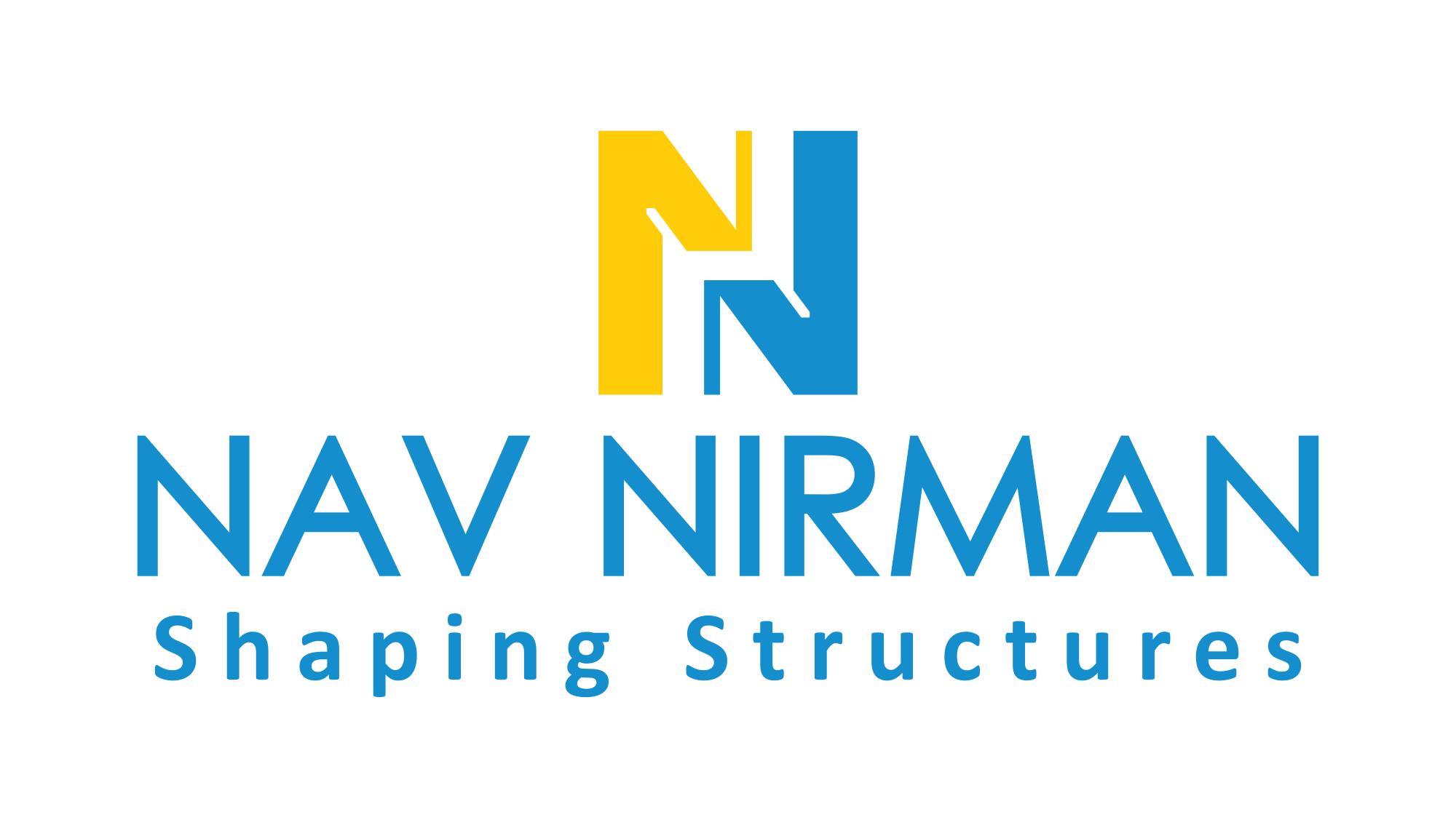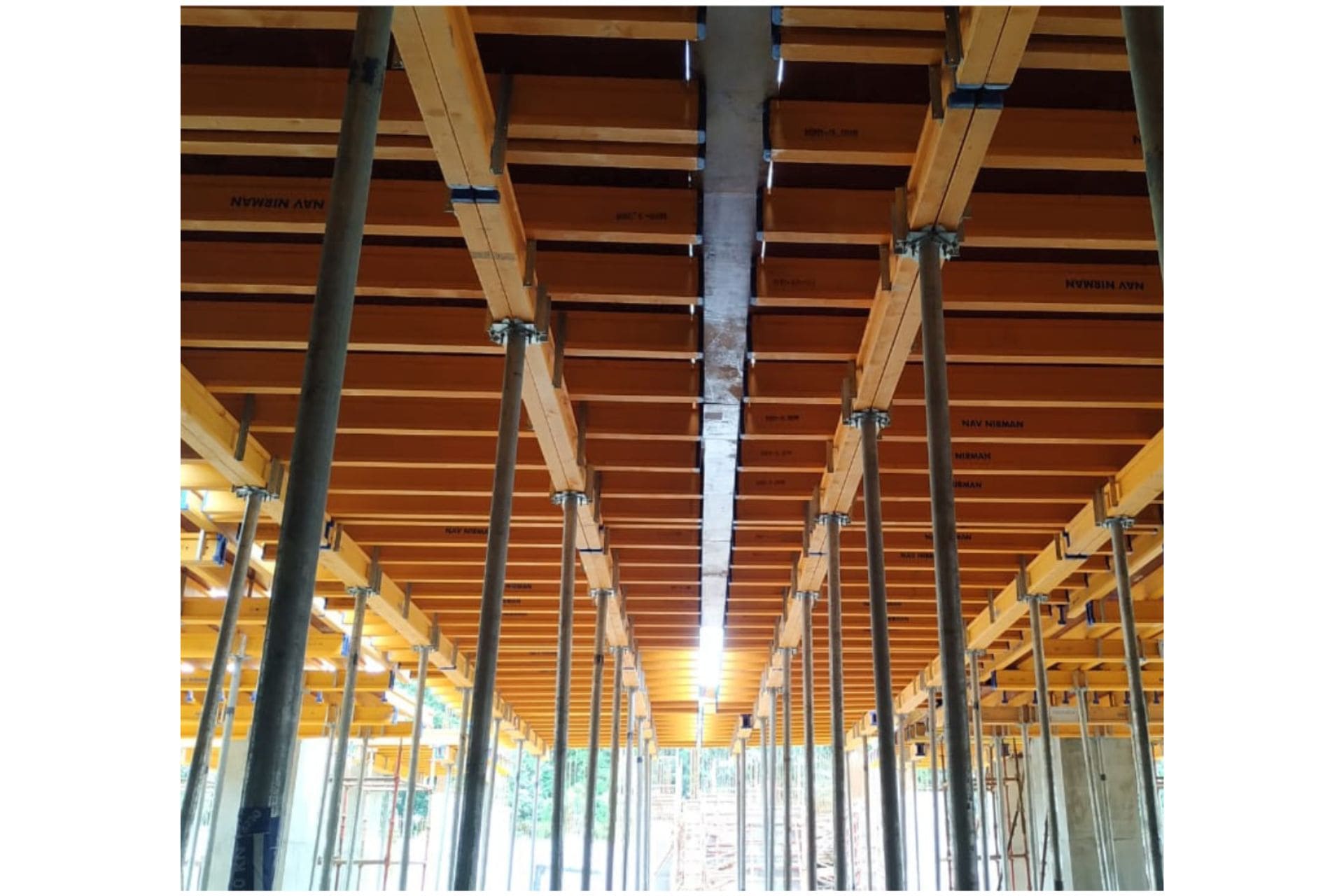Slab and beam formwork is the backbone of concrete construction. It shapes the very structure we inhabit, from towering skyscrapers to sprawling bridges. However, this seemingly straightforward process presents a unique set of challenges that can impact project timelines, budgets, and even safety.
This blog delves into the most common hurdles encountered in slab and beam formwork, along with practical solutions to overcome them:
Challenge #1: Leaks and Blowouts
Leaks occur when concrete seeps through gaps or imperfections in the formwork, resulting in uneven surfaces and wasted material. Blowouts happen when the formwork can’t withstand the immense pressure of the wet concrete, leading to structural failures.
Solution:
Meticulous Inspection: Before pouring, meticulously inspect all formwork for gaps, cracks, and loose connections. Seal any imperfections with formwork putty or tape.
Proper Shoring: Ensure the formwork is adequately supported with a robust shoring system. Calculate the weight of the concrete and design the shoring to handle it with a safety factor.
Use High-Quality Materials: Invest in high-quality formwork materials like plywood with a water-resistant coating or steel forms. These materials are less prone to warping and leakage.
Problem #2: Incorrect Leveling and Alignment
Inadequate formwork alignment and leveling can result in misplaced beams, uneven slabs, and eventually structural flaws.
Resolution:
Thorough Planning: Create a thorough formwork design that outlines each component’s location and leveling in precise detail. To guarantee accuracy, make use of layout tools like transits and levels.
Braces and Wedges: Use braces and wedges strategically to guarantee that the formwork components are perfectly aligned. Throughout the pouring operation, make sure to verify their placement frequently.
Self-Leveling Compounds: Self-leveling concrete compounds should be taken into consideration for slabs. For a level finish, these chemicals flow more readily and require less manual labor.
Challenge #3: Time Restraints and Labor Expenses
The methods of building and dismantling formwork require a lot of labor. This stage of the project might see major delays that drive up labor costs and project timeframes.
Resolution:
Prefabrication: Take into account prefabricating formwork components in a regulated setting off-site. As a result, less manpower is needed on-site, and the assembly process runs more smoothly.
Modular Formwork Systems: Invest in easily assembled and disassembled modular formwork systems. Reusable parts are frequently included with these systems, which lowers waste and project expenses overall.
Skilled Workforce: For formwork building, use a knowledgeable and proficient team. Their knowledge can reduce rework and increase productivity dramatically.
Task #4: Concrete Curing Problems
Concrete that has not been properly cured may crack, shrink, and lose strength. Formwork has a direct impact on concrete curing, hence it is imperative to address this issue.
Resolution:
Moisture Retention: To delay the concrete’s drying process, use formwork materials that hold moisture, such as plywood.
Curing Compounds: After the first set, apply curing compounds to the exposed concrete surface. These substances provide a vapor barrier to stop moisture from escaping quickly.
Appropriate Scheduling: Carefully plan the removal of formwork, taking the weather and the necessary strength of the concrete into account. While removing concrete too soon can cause it to dry out too soon, removing it too late can cause delays in the next stages of construction.
Challenge #5: Fears for Safety
Formwork failures present a serious risk to building site workers’ safety.
Resolution:
Frequent Inspections: Throughout the building process, make sure to regularly inspect the formwork system. Before laying concrete, locate any possible flaws and fix them.
Fall Safety Measures: Install fall protection measures around formwork at elevated heights, such as guardrails, safety nets, and personal fall arrest devices.
Appropriate Training: Give employees thorough instruction on formwork safety procedures. This provides guidance on safe assembly, disassembly, and danger identification.
Bonus Tip: Embrace New Technologies
The construction industry is constantly evolving, and new technologies are emerging to improve formwork efficiency and accuracy. Explore the potential of:
3D Modeling: Utilize 3D modeling software to create a digital representation of the formwork system. This allows for clash detection and facilitates precise planning before construction begins.
Self-compacting Concrete: Consider using self-compacting concrete, which flows easily and requires less formwork manipulation, reducing the risk of human error.
Formwork Monitoring Systems: Implement formwork monitoring systems that utilize sensors to track pressure, deflection, and temperature in real-time. This allows for proactive identification and mitigation of potential failures.
By understanding and overcoming these common challenges, you can ensure a smooth and successful slab and beam formwork process. Remember, meticulous planning, high-quality materials, a skilled, workforce, and a commitment to safety are the cornerstones of conquering concrete construction.
Beyond the Basics: Addressing Complexities
While the challenges mentioned above are common, slab and beam formwork can get even more intricate when dealing with specific situations:
Complex Geometries: Buildings with curved or sloped beams require specialized formwork solutions. Consider using custom-made formwork elements or flexible formwork systems like metal formwork with a bendable lining.
High Seismic Zones: In earthquake-prone areas, formwork design needs to account for seismic loads. This might involve using stronger materials and incorporating shear walls into the formwork system.
Limited Access Sites: Constructing formwork in tight spaces or at high elevations requires additional planning. Consider using lightweight formwork materials, prefabricated components, and mobile lifting equipment for efficient assembly.
In conclusion, a remarkable base
Slab and beam formwork is an important but challenging stage in the building of concrete. You may guarantee a project that is: by recognizing the possible obstacles and putting the above-mentioned solutions into practice.
Safe: By putting worker safety first and using the right tools and procedures, formwork failure risks are reduced.
Efficient: Prefabrication, modular solutions, and experienced personnel streamline the building and disassembly of formwork, keeping projects on schedule and within budget.
High-quality: A well-formed concrete building that satisfies the required requirements is the result of meticulous attention to detail and appropriate material selection.
Recall that a robust formwork system is the first step towards a solid foundation. You set the stage for a long-lasting and successful concrete building project by mastering this important step.


